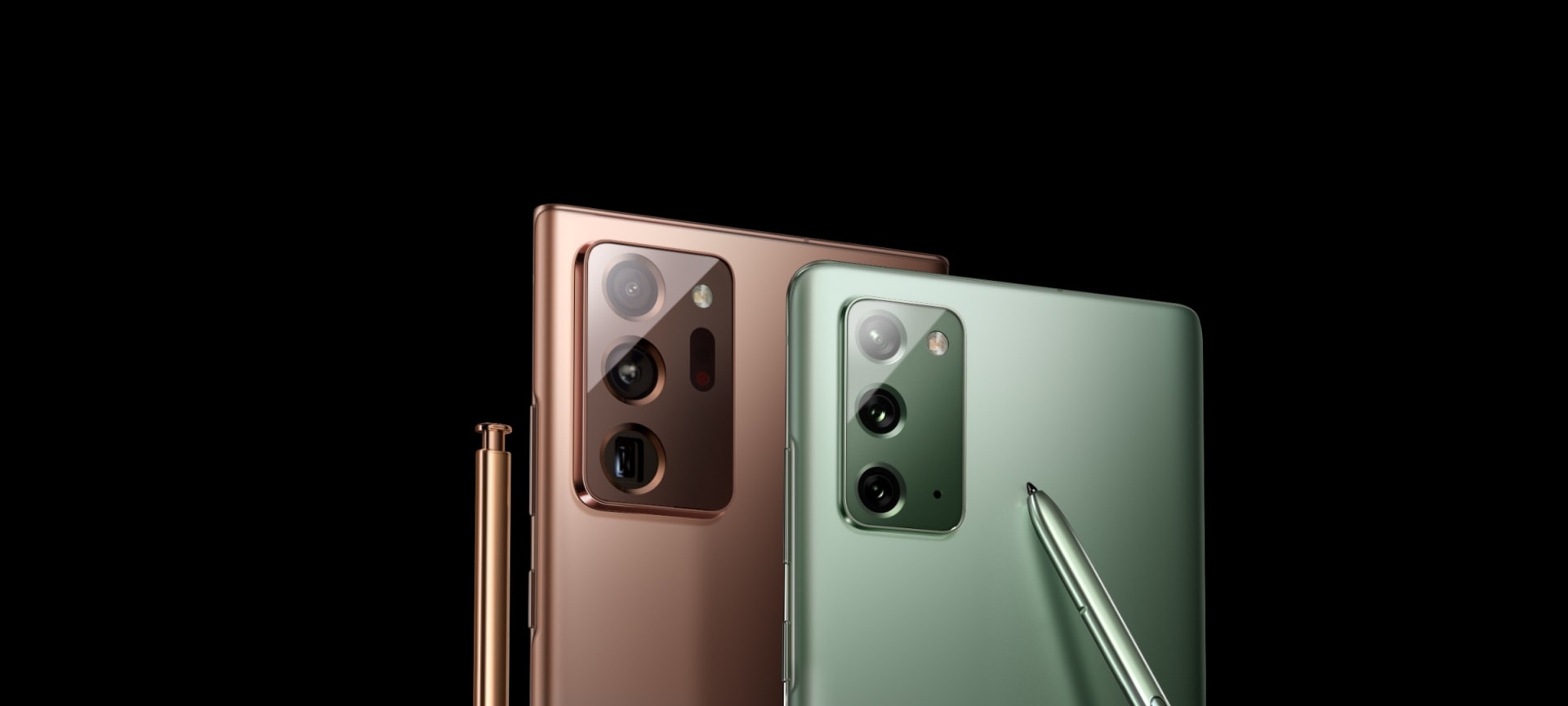Reviews
Alder Lake CPUs: Everything To know About Intel’s Upcoming 12th-Gen Hybrid Chips

Intel Alder Lake appears to be the paradigm change that the firm has been in desperate need of for several generations. Despite multiple delays and difficulties, Intel is now going past its 14nm technology and offering a hybrid architecture to the desktop population, which has previously only been seen on mobile devices.
The processors will be available later in 2021, so expect them to arrive soon. Intel has a lot to prove after the underwhelming introduction of its 11th-generation Rocket Lake CPUs. Nonetheless, there are numerous reasons to be enthusiastic about Alder Lake. Along with the smaller node and unique architecture, Intel is bolstering Alder Lake with capabilities like Thread Director, which could improve processor tasks in ways never seen before.
Here’s everything you need to know about Alder Lake, including its release date, performance, new Z690 motherboards, and everything in between.
Pricing and availability
Intel has stated that its 12th-generation Alder Lake processor will be available in late 2021, but has not specified a precise date. We expected the platform to arrive alongside Windows 11 due to developments in Alder Lake, which we’ll discuss later. However, the release date for Windows 11 is slated for October 5, and we still haven’t heard anything about Alder Lake.
More information will be available at the Intel Innovation event, which begins on October 27. According to the corporation, it will provide updates on several new items. Given that we know Alder Lake will be released in 2021 and that it will be tightly integrated with Windows 11, it appears to be the proper date. We don’t know for sure because Intel hasn’t confirmed anything.
READ ALSO: Apple iOS 15 Released, Everything You Need To Know!!!
MSI may have confirmed something that Intel hasn’t. The company has sent out a form for a free upgrade kit for its Coreliquid CPU coolers, which will be available on November 4th. Pre-orders will begin on October 27, a week before the street date of November 4, according to Usman Pirzada, the senior editor at Wccftech.
According to speculations, the release date might be anywhere between October 5 and November 19, therefore November 4 is a possibility. We’re not sure right now. Regardless, it appears that Intel is planning to discuss Alder Lake at its future event, so we should learn more shortly.
We don’t have any pricing information. However, it should be compatible with Intel’s most recent processor generation. The i9 should retail for roughly $550, the i7 for $400, and the i5 for $300. We don’t know if Intel will become more aggressive in order to reclaim market share from AMD.
Design of architecture
Alder Lake is built on a hybrid architecture that combines two types of processor cores. The first is a high-performance core that’s similar to what you’d find in a new processor generation, and the second is a low-power core that’s intended to do background chores and beef up apps that require a large number of cores.
Both cores are being developed on the Intel 7 process node, which is the new name for the Enhanced 10nm SuperFin process node. Golden Cove cores are the most powerful, and they handle the majority of computer work. Gracemont cores are the tiniest of the bunch, and they’re great for managing background tasks or conserving battery life when a faster core isn’t required.
Golden Cove cores are optimized for single-threaded, high-frequency performance. Intel claims that the cores will have greater frequencies across applications thanks to the company’s new Matrix engine. The Matrix engine is a coprocessor that can speed up A.I. workloads in particular by handling matrix multiplication.
These cores also come with a new power management controller, which allows the CPU to fine-tune frequency within a certain power budget. At Architecture Day 2021, Intel presented this information to the press and analysts, but we’ll have to wait for more testing to see these architectural enhancements in action.
Gracemont cores are responsible for the opposite end of the performance spectrum. Intel claims that they’re all about multi-threaded performance, managing a number of light activities across multiple cores. Although we don’t have much information about Gracemont cores right now, Intel claims they can perform 40 percent better at the same wattage than older Skylake cores.
A network of high-bandwidth interconnects connects the two main designs. The Compute Fabric connects the two cores with up to 1,000 GBps of bandwidth, the I/O Fabric provides up to 64 GBps of bandwidth between inputs and the memory subsystem, and the Memory Fabric connects the memory to the rest of the processor with up to 204 GBps of bandwidth.
We haven’t tried Alder Lake, but based on numerous leaks, we have a good notion of its improvements. According to a leaked Intel PowerPoint, Alder Lake’s architectural upgrade improves single-thread performance by up to 20% thanks to Golden Cove cores and the Enhanced 10nm SuperFin architecture, and multi-threaded performance by up to 2x thanks to Gracemont cores.
Support for PCIe Gen 5 and PCIe Gen 4 as well as DDR5 and DDR4 memory have also been added to Alder Lake. When it comes to memory, Alder Lake will support both generations of DDR system memory, but the board maker will choose which standard to support. On the same board, users will not be able to combine DDR4 and DDR5 modules. Alder Lake will also support Thunderbolt 4 and Wi-Fi 6E Gig+.
Intel has yet to provide official specifications. Alder Lake chips, on the other hand, can support up to 16 cores and 24 threads, according to the company, validating past rumors. Eight of them are Golden Cove cores with hyperthreading functionality, whereas the other eight are Gracemont cores without hyperthreading support.
Furthermore, all Alder Lake processors will include integrated Xe LP graphics, which are presently only available in Tiger Lake processors. It’s also worth noting that Alder Lake is a scalable platform. So far, desktop CPUs have been the emphasis, but Intel claims that the design can be scaled down to laptops and embedded devices as well.
Performance
Early rumors say that Alder Lake will have a 20% IPC boost over current Rocket Lake CPUs, courtesy to the new Golden Cove cores. And, considering that Rocket Lake already outperformed the previous-generation Comet Lake design by 19 percent in terms of IPC, this could help Intel deliver steady benefits to consumers wishing to upgrade.
The 10nm process, heterogeneous architecture, and support for faster memory have all been touted by Intel, but there are still many questions surrounding Alder Lake at this moment. We don’t know how clock speeds on different types of cores will affect the CPU’s overall performance across a variety of applications, including productivity, video performance, and gaming, because the firm hasn’t disclosed any information about them.
Given the chipset’s use of multiple core architectures, there were initial concerns that the 12th-gen Alder Lake platform might be less optimized for gaming than the 11th-gen Rocket Lake platform. However, a more current Dota 2 benchmark obtained from an early engineering sample of Alder Lake shows that this isn’t the case, and the platform is well suited for gaming, contradicting early speculations. When combined with Nvidia’s GeForce RTX 3080 graphics card, Alder Lake achieved a remarkable peak frame rate of 549 frames per second on the game, with an average frame rate of 120 frames per second.
Alder Lake has also been discovered in the Ashes of the Singularity: Escalation database. Although the test results are inconsistent, they show a frame rate gain of up to 38% over AMD’s Ryzen 9 5950X. However, because the testing was done at 1440p, we predict a considerably smaller gap at 4K.
We’ve seen various leaked productivity metrics for Alder Lake outside of games. On the multi-core test, the Core i7-12700 outscored the Ryzen 7 5800X by roughly 14% in Geekbench. In the multi-core test, the flagship Core i9-12900K only defeated the Ryzen 9 5950X by 3.8 percent, but it showed a significant 8.1 percent gain in the single-core test.
The leaked Cinebench findings are also positive. The Core i9-12900K scored the highest single-core score of any consumer CPU in the benchmark, according to a leaked result. The Core i9-12900K outperforms the Ryzen 9 5950X, which comes in just short of the top spot, by 21%, according to the benchmark.
This corresponds to Alder Lake’s 20 percent IPC increase. In Cinebench single-core performance, Intel’s current Core i9-11900K keeps the top spot, with a 20 percent boost between Alder Lake and last-gen in the leaked benchmark. We don’t know if the test was conducted with an overclocked processor because this result doesn’t show the multiplier ratio.
Alder Lake, on the other hand, isn’t all sunshine and roses. We’ve also seen a Geekbench result with a significantly lower single-core speed, calling Intel’s hybrid Alder Lake model into question. This is a key score to pay attention to because single-core performance will make a major impact in gaming.
Additionally, a result for the Core i9-12900K appeared in the PugetBench for After Effects database, indicating that it performed poorly when compared to the Ryzen 9 5950X. It’s worth noting that After Effects puts a lot greater strain on the GPU than the CPU, which could explain the lower score.
Intel has yet to release any first-party benchmarks, thus we recommend waiting until third-party benchmarks are released before drawing any performance conclusions. According to the leaked benchmarks, Alder Lake will fight back against AMD. However, because this is new ground for Intel, it’s important to wait for more testing.
New socket and Z690 motherboards
Intel is switching to a new socket design with Alder Lake. Alder Lake makes advantage of the new LGA1700 socket, which supports DDR5 and DDR4 memory as well as PCIe Gen 5 expansion. According to Wccftech, a number of Asus boards supporting the LGA 1700 socket and Intel Z690 chipset were shown in HWiNFO. You won’t be possible to mix DDR4 and DDR5 modules on the same board when it comes to RAM.
Intel is transitioning to a rectangular socket size with LGA 1700, according to Wccftech, meaning Alder Lake-S upgraders will need a new board. Additionally, new coolers will be required for socket compatibility, and Intel’s transition to a platform-agnostic architecture may begin with LGA 1700, but this hasn’t been verified. If the rumors are true, Intel will be following AMD’s pattern, which might be good news for future upgraders because various chip generations could share the same board and socket.
Some existing coolers appear to function with LGA1700 if a bracket is used. For example, Noctua said that starting in mid-October, owners of its coolers will receive a complimentary LGA1700 bracket.
Windows 11 and Thread Director
Alder Lake will be able to take advantage of Windows 11 in a way that no other processor has ever been able to. Thread Director is a new hardware-level function on Alder Lake CPUs that assists the operating system — specifically, Windows 11 — in determining how to assign tasks to different cores.
Alder Lake, as previously stated, is a hybrid architecture that employs both performant and efficient cores. Normally, an operating system selects which processes run in which order using a combination of calculations (such as whether the task is in the foreground or background) and guesswork. As a result, thread scheduling is inefficient, which is a huge concern for a hybrid CPU.
This is where Thread Director comes in. Intel is able to give Windows 11 full visibility into the workload that the task is handling thanks to this functionality. This takes the guesswork out of the equation, making it easier for the operating system to assign tasks to the right cores.
Thread Director succeeds on two levels. Despite the fact that Alder Lake is not the first hybrid CPU design, earlier iterations have prioritized battery life and efficiency. When jobs demand it, Thread Director helps the CPU to reach top performance while conserving battery life when the computer isn’t under heavy strain.
Intel client architect Rajshree Chabukswar told Digital Trends, “We didn’t want to sacrifice.” “It’s all about thinking about [performance and battery life].”
This appears to be Alder Lake’s most significant enhancement, as it should speed up any workflow involving many sets of instructions running at the same time. Before drawing any conclusions, we need to evaluate Alder Lake, although Thread Director is one of the most important elements for the forthcoming platform.
Currently, Windows 11 will experience the most changes, although Intel claims that Windows 10 will also see some enhancements. Intel plans to work with more partners in the future to provide Thread Director functionality to other operating systems. According to leaked benchmarks, Alder Lake could enhance single-threaded workloads on Windows 11 by up to 8.2 percent.




